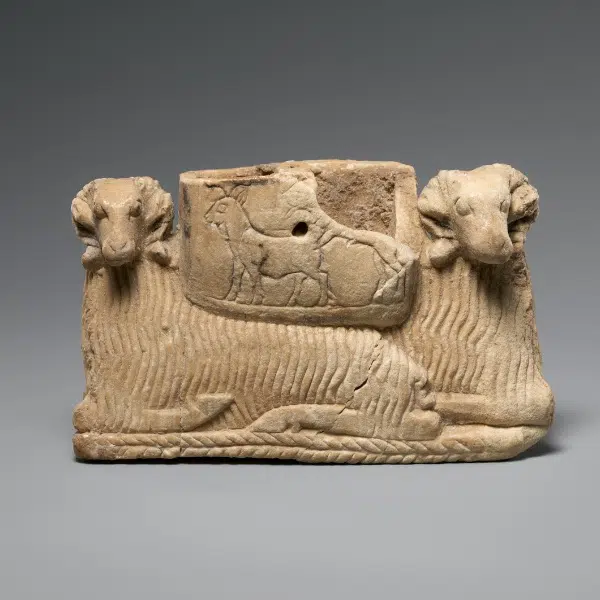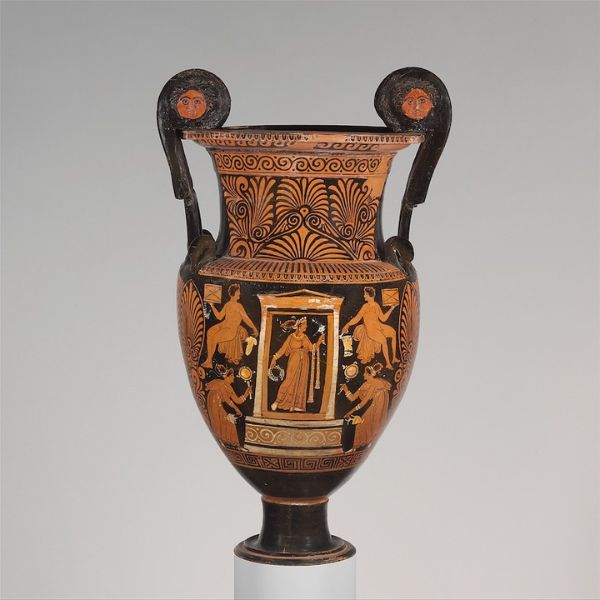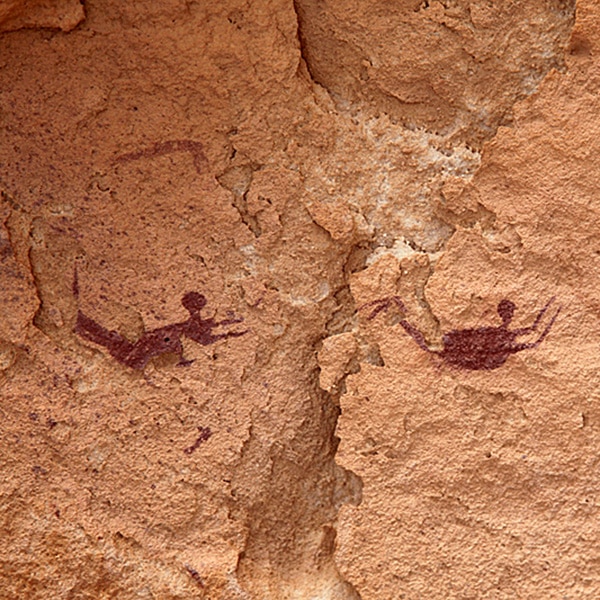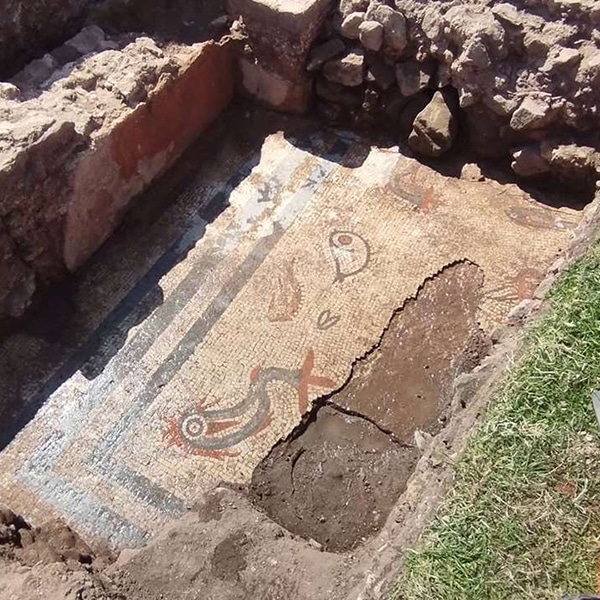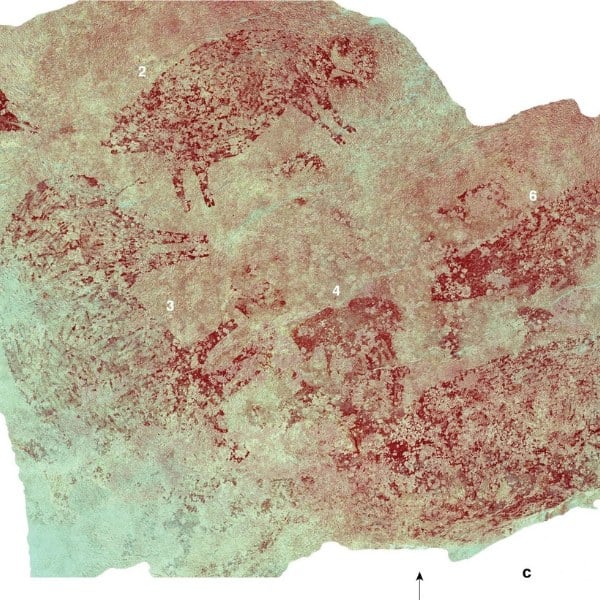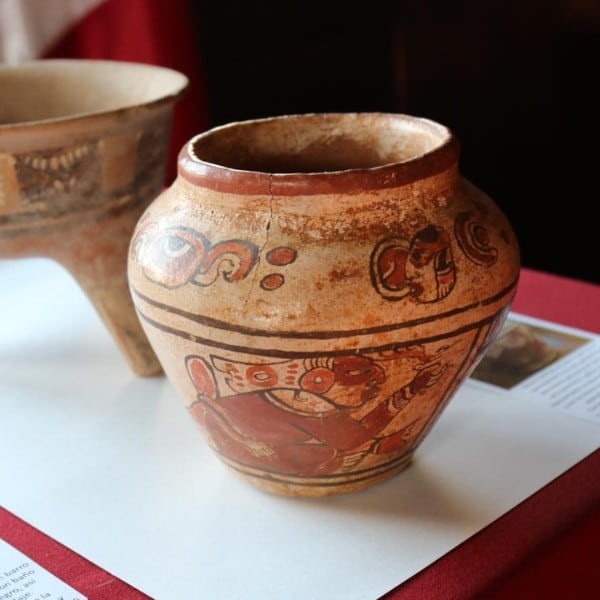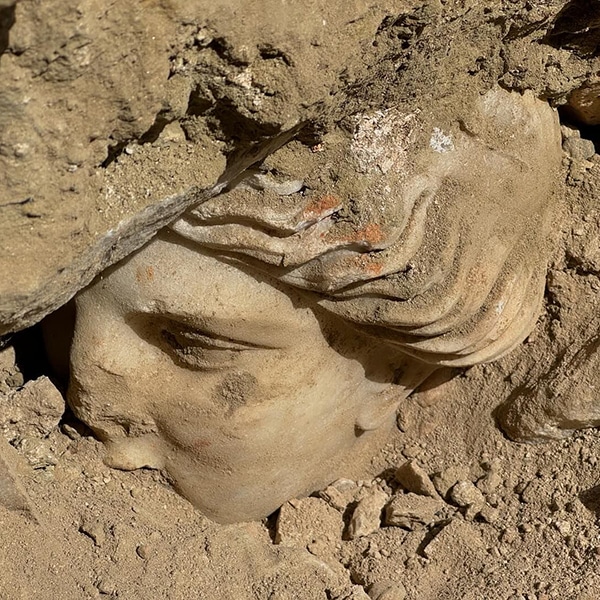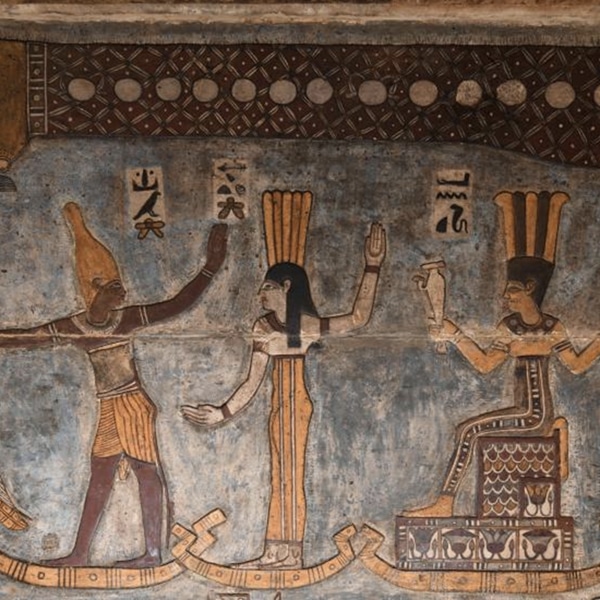
“Laocoon and His Sons” displayed in the Museo Pio Clementino of the Vatican Museums in Rome, Italy (Photo: IR Stone via Shutterstock)
During ancient Greece's Hellenistic Period, sculptors took their classical craft to new levels. Renowned for expressive figures that appear to be in motion, this era saw the creation of three of the world's most famous marble sculptures: The Venus de Milo, The Winged Victory of Samothrace, and Laocoön and His Sons.
Since its 16th century excavation, Laocoön and His Sons has attracted archaeologists and art lovers alike. Here, we unearth the history of this sculpture and look closely at its awe-inspiring craftsmanship.
What is Laocoön and His Sons?
Laocoön and His Sons is a marble sculpture from the Hellenistic Period (323 BCE – 31 CE). Following its discovery in a Roman vineyard in 1506, it was placed in the Vatican, where it remains today.
In true Hellenistic fashion, Laocoön and His Sons showcases an interest in the realistic depiction of movement. In the action-packed scene, three figures frantically try to free themselves from the grasp of sinuous serpents. No matter how much they twist and turn, however, they remain entangled, culminating in a swirling mass of snakes and limbs.

Marco Dente, “Laocoön and his sons being attacked by serpents” (Photo: The Metropolitan Museum of Art Public Domain)
“It has long been admired for the realism of its anatomy and for the variety of expression in the faces and figures,” The University of Cambridge's Museum of Classical Archaeology shares. “One beaten, one suffering, and one perhaps escaping.”
The Story of Laocoön
Like most Ancient Greek sculptures, the subject matter depicted in Laocoön and His Sons is based on classical mythology. Specifically, this piece portrays a story from the Greek Epic Cycle, a collection of poems detailing the Trojan War. According to legend, Laocoön was a priest from Troy, who—along with his two sons, Antiphantes and Thymbraeus—was attacked by sea serpents sent by a god.
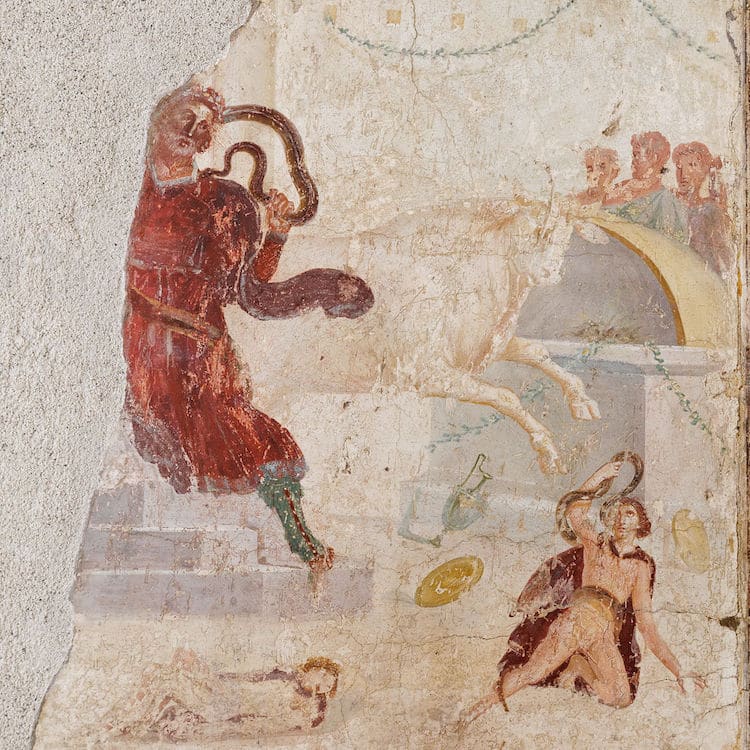
Fresco, 1st century (Photo: Marie-Lan Nguyen via Wiki Art Public Domain)
There are several versions of this tale, with key details changing from story to story. In some accounts, for example, Laocoön's fate was punishment for attempting to expose the Trojan Horse trick. In others, it was for getting married when he was supposed to be celibate or for having relations with his wife in a sacred temple. Similarly, the identity of the vengeful god behind the attack varies; while Poseidon is typically held responsible, some stories also mention Athena or Apollo.
Regardless of these details, the tale has inspired artists for centuries, with Laocoön and His Sons serving as one of the earliest ancient examples.
The Sculpture's History
Due to its style and subject matter, art historians believe that the original Laocoön and His Sons was sculpted around 200 BCE in the Greek city of Pergamon. This theory is supported by Pliny the Elder, a Roman writer and philosopher, in his encyclopedic survey of ancient sculpture called Natural History.
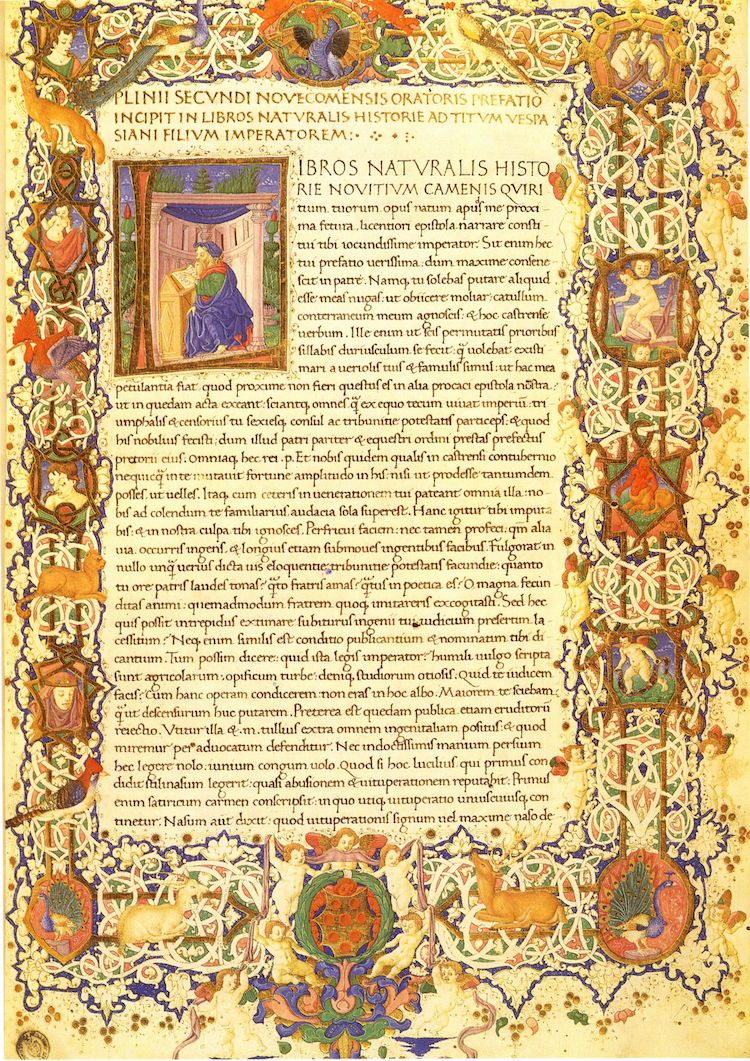
Pliny the Elder, “Natural History” (Photo: Wikimedia Commons Public Domain)
In volume XXXVI of the book, Pliny admires the piece and attributes its creation to a trio of Rhodian sculptors.
“…In the case of several works of very great excellence, the number of artists that have been engaged upon them has proved a considerable obstacle to the fame of each, no individual being able to engross the whole of the credit, and it being impossible to award it in due proportion to the names of the several artists combined. Such is the case with the Laocoön, for example, in the palace of the Emperor Titus, a work that may be looked upon as preferable to any other production of the art of painting or of [bronze] statuary. It is sculptured from a single block, both the main figure as well as the children, and the serpents with their marvellous folds. This group was made in concert by three most eminent artists, Agesander, Polydorus, and Athenodorus, natives of Rhodes.”
While it is believed that the piece referenced by Pliny is indeed the one housed by the Vatican, historians have concluded that it is likely a marble copy of a bronze original. In turn, this marble version may not be completely true to form, as it has been heavily restored. Nevertheless, it has been “celebrated for its technical mastery and for the intense emotion it conveyed” (The Victoria & Albert Museum) since it was discovered over 500 years ago.
Related Articles:
15 Most Famous Sculptures You Need to Know
The History of Cupid in Art: How the God of Love Has Inspired Artists for Centuries













































































